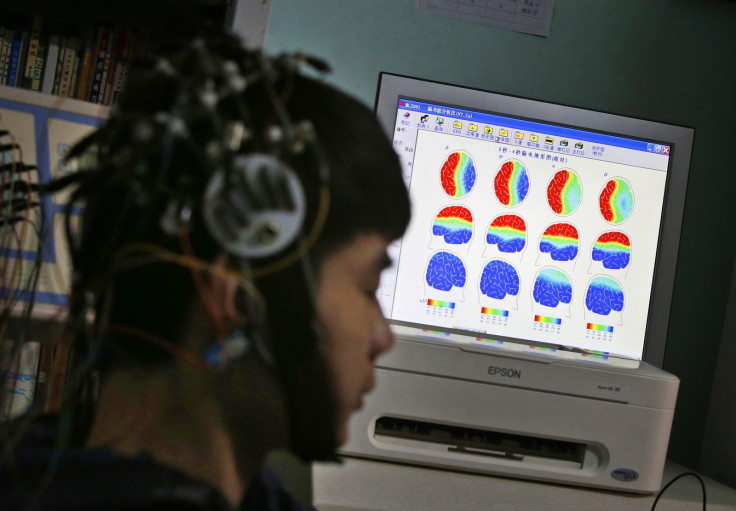Creative thinkers' brains show signature pattern of neural connectivity, new study finds
In case of creative thinkers, researchers noted a better connection between 3 crucial parts of the brain.

Though people or their ideas may differ, the brains work in a very similar way when folks are trying to bring out-of-the-box ideas on the table, a new study, set to be published in journal PNAS, has found.
After looking at the neural activity of creative thinkers, a group of researchers have noted a common pattern – a connection between three crucial parts of the brain: the default mode, executive control, and salience networks.
As Guardian reports, the first part is linked to immediate thinking and mind wandering, while the second comes into action when people focus their thoughts on something.
Usually, the two networks work against each other, reducing the effectiveness of the other and leaving people's attention to incorrect or unoriginal thoughts, which is worked out by the salience network.
However, more creative people tend to use these networks more effectively, delivering better answers, Harvard psychologist Roger Beaty, the author of the study, says. "It might be easier for creative thinkers to bring these resources to bear simultaneously".
"We have identified a pattern of brain connectivity that varies across people, but is associated with the ability to come up with creative ideas," Beaty said, according to the Guardian report.
To conduct this study, the researchers had to draw the line between creative and less creative thinkers. For this, they called in individuals from Austria and China, people working in fields ranging from music and arts to science and tasked them to come up with creative, original ideas.
Lying inside a brain scanner, the test subjects were given 12 seconds to come with the use of an object flashing on the screen such as a sock, soap and chewing gum wrapper.
Some came up with the same old-school uses but a few individuals got original answers like a water filtration system, a seal for envelopes, and an antenna wire. All answers were judged by three independent scorers, as the neural activity was recorded and analyzed.
"It's not like we can predict with perfect accuracy who's going to be the next Einstein, but we can get a pretty good sense of how flexible a given person's thinking is," he added.
Now that the researchers have found the connection, they will advance this study, looking into specific creative fields and see if any form of training could improve the ability to think creatively.





















